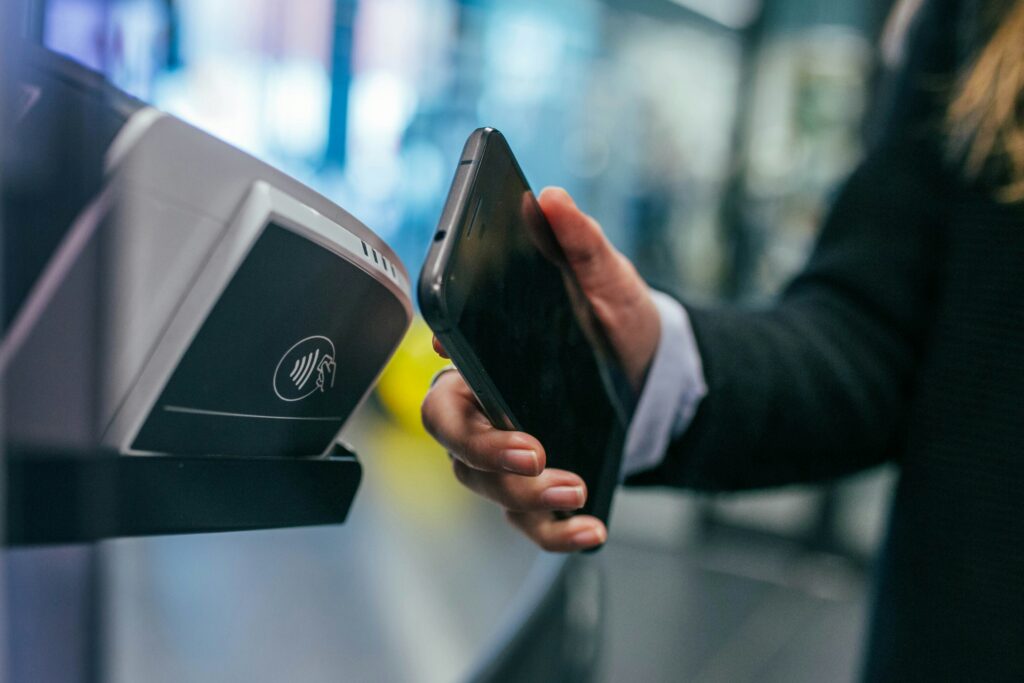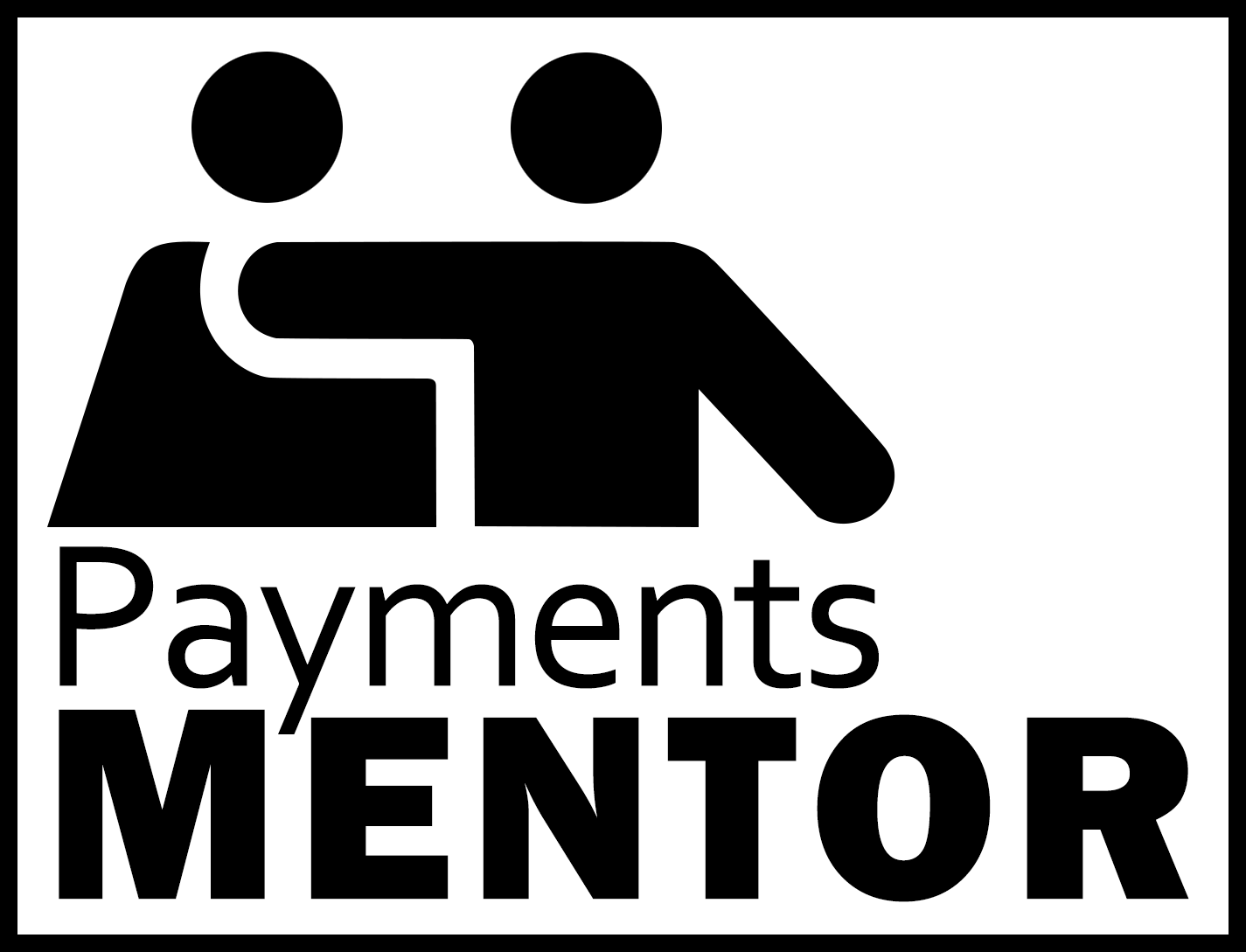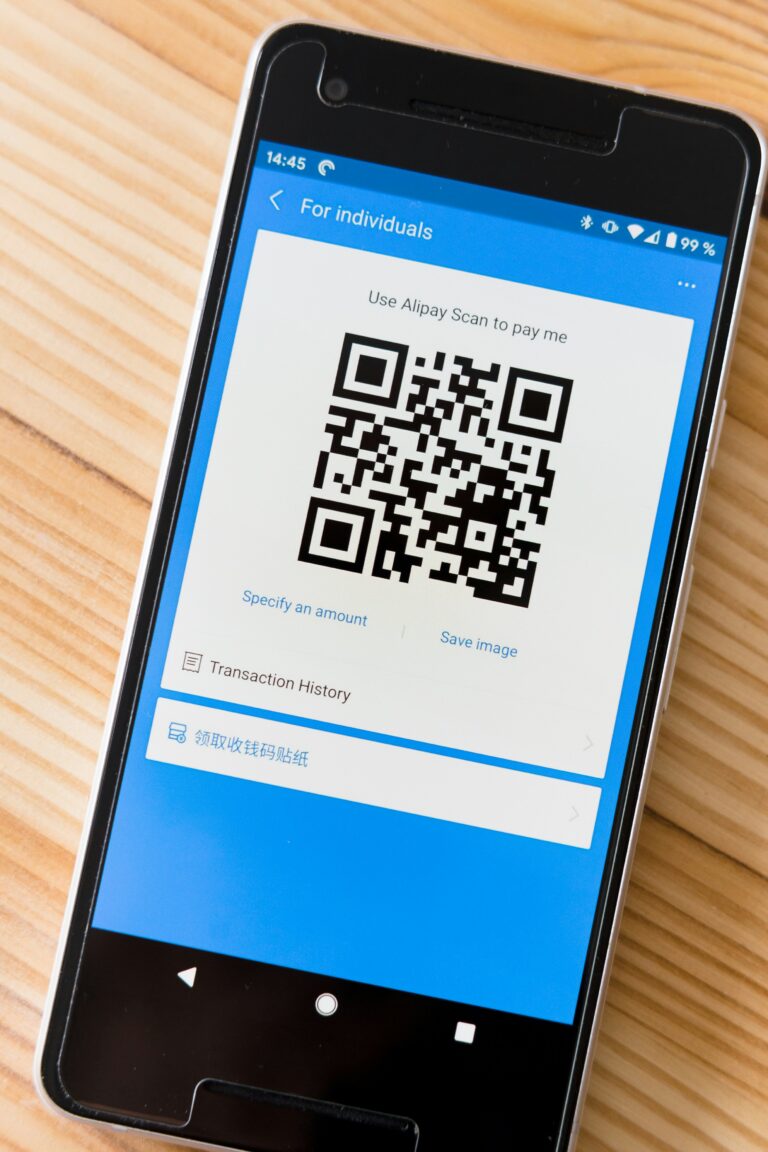Understanding the various payment types available is crucial for making informed financial decisions. From traditional methods like credit and debit cards to electronic options like ACH transfers, each payment type has its unique characteristics, benefits, and drawbacks.
Navigating the complex landscape of payment methods can be overwhelming, especially for those new to managing finances or running a business. However, a solid grasp of how each payment type works, when to use them, and their potential impact on your bottom line is essential for success.
In this article, we’ll dive deep into the most common payment types—credit cards, debit cards, and ACH payments—explaining their mechanics, advantages, and disadvantages. We’ll also explore emerging payment methods and their potential implications for the future of transactions.
What Are the Main Payment Types?
When it comes to exchanging funds for goods or services, consumers and businesses have a variety of options at their disposal. The three most prevalent payment types are credit cards, debit cards, and ACH payments, each with its own unique features and use cases.

Credit Cards
Credit cards allow cardholders to borrow funds from the issuing bank to make purchases, with the agreement to pay back the borrowed amount plus interest if not paid in full by the due date. This flexibility makes credit cards a popular choice for many consumers.
Benefits: Credit cards are widely accepted by merchants worldwide and offer robust consumer protections, such as the ability to dispute fraudulent charges through the chargeback process. Responsible credit card use can also help build a strong credit history, which is crucial for securing loans, renting apartments, and even landing certain jobs.
Drawbacks: The convenience of credit cards comes at a cost. Interest rates on credit card balances can be high, often exceeding 20% APR, making it easy for cardholders to accumulate debt if they don’t pay off their balance in full each month. Additionally, many credit cards charge annual fees, which can eat into any rewards earned.
ACH (Automated Clearing House) Payments
ACH payments are electronic bank-to-bank money transfers processed through the Automated Clearing House network. This payment method is often used for direct deposit of paychecks, recurring bill payments, and other regular transactions.
Benefits: ACH payments are generally less expensive than wire transfers and credit card payments, making them an attractive option for businesses looking to reduce transaction costs. They also offer a convenient way for consumers to automate recurring payments, ensuring bills are paid on time without the need for manual intervention.
Limitations: While ACH payments are increasingly being processed same-day, they can still take a few business days to clear, which may not be ideal for time-sensitive transactions. Additionally, ACH payments require the payer to provide sensitive banking information to the payee, which can raise security concerns.
As technology continues to evolve, new payment methods are emerging to address the limitations of traditional options and cater to changing consumer preferences. Mobile wallets like Apple Pay and Google Pay, peer-to-peer payment apps like Venmo and Cash App, and even cryptocurrencies are gaining traction as alternative ways to transfer funds. By staying informed about these developments, businesses can position themselves to meet the evolving needs of their customers and streamline their payment processes.
How Credit Card Payments Work
When a cardholder decides to make a purchase, they hand over their credit card to the merchant. This action kicks off a series of steps behind the scenes. The merchant takes the card details and sends them off to their bank, known as the acquiring bank, which helps move things along.
The acquiring bank then sends the transaction information to the card network, like Visa or Mastercard. The card network checks the transaction before passing it to the bank that issued the card. This issuing bank is responsible for deciding whether or not to approve the purchase based on the cardholder’s current account status and credit availability.
Once the issuing bank makes its decision, a message is sent back through the card network to the acquiring bank. If the transaction is approved, the merchant gets the go-ahead to finish the sale. This approval not only confirms the transaction but also starts the process for the merchant to receive the funds, usually within a couple of business days.
Understanding ACH Credit vs. ACH Debit
In the world of electronic bank transfers, ACH payments are known for how efficiently and cost-effectively they move money. Within this system, ACH Credit and ACH Debit each serve different needs and bring their own benefits to the table.
ACH Credit
ACH Credit transactions start with the payer deciding to send money to the recipient’s account. This method is popular for things like payroll deposits and payments between businesses. It gives the payer the power to decide when and how much to pay, making sure everything lines up with their plans.
Direct Deposits: Employers often use ACH Credits to send salaries right into employees’ bank accounts, making payroll smooth and stress-free.
Business Payments: Companies use this method to pay invoices, which helps keep business operations running smoothly and builds trust with vendors.
The ability to decide when payments occur makes ACH Credit a great choice for those who want to manage their money carefully.
ACH Debit
On the other hand, ACH Debit starts with the payee, who pulls money from the payer’s account after getting their okay. This method works well for regular payments, making it easy to handle ongoing expenses.
Regular Bills: Payments for utilities, subscriptions, and mortgages can be set up as ACH Debits, ensuring money is automatically taken out when it’s due, avoiding late fees.
Reliable Cash Flow: By automating collections, businesses can count on steady cash flow and reduce the hassle of managing payments manually.
The ease and reliability of ACH Debit make it a popular choice for businesses and service providers looking to simplify their billing processes and avoid payment hiccups.
ACH Credit and ACH Debit are both important players in managing finances, offering flexible solutions for different transaction needs. Whether it’s the control provided by ACH Credit or the efficiency of ACH Debit, these methods deliver the reliability needed in today’s fast-moving financial environment.
Emerging & Alternative Payment Methods
As technology advances, we’re seeing a wave of new payment methods that are reshaping how we handle transactions. These alternatives offer more than just a new way to pay—they bring added convenience, enhanced security, and the promise of greater accessibility.

Mobile & Digital Wallets
Mobile and digital wallets have become essential in today’s payment landscape. They let you save your card details on a mobile device, making checkout quick and hassle-free. With a simple tap or scan, you can complete purchases without needing a physical card.
Ease of Use: These wallets store all your cards in one spot, so you don’t need to carry them around. Shopping is a breeze whether you’re online or in a physical store.
Safety Features: They use tech like digital tokens and fingerprint scans to keep your info safe, so your card numbers aren’t exposed during transactions.
Leading Options: Big names like Google Pay and Samsung Pay are popular because they work with many devices and are easy to use.
Peer-to-Peer (P2P) Payment Apps
Sending money to friends or family has never been easier, thanks to peer-to-peer payment apps. These apps are perfect for everyday activities, whether you’re splitting a meal cost or sharing rent expenses.
User-Friendly: With just a few taps, you can send money directly from your bank account to someone else’s. The speed and simplicity are what make these apps so attractive.
Everyday Uses: They’re great for casual expenses, like paying a friend back for dinner or handling small business payments.
Popular Choices: Apps like Venmo and Zelle are favorites for these types of transactions because they are straightforward and widely used.
Cryptocurrencies & Blockchain
Cryptocurrencies are shaking up the way we think about money. They work on a digital ledger, known as blockchain, that records transactions in a secure and transparent way. This new kind of currency offers exciting possibilities for international payments.
Cross-Border Payments: Digital currencies like Bitcoin allow fast transfers across countries without high fees.
Security and Transparency: Every transaction is recorded on a blockchain, making it tough for anyone to tamper with the records.
Market Uncertainty: Despite their potential, these currencies can be unpredictable and face challenges with regulations, so they’re not without risk.

These innovative payment methods are changing how we manage money, each offering unique benefits that cater to different needs. As they gain popularity, they promise a more flexible and inclusive future for financial transactions.
As the payments landscape continues to evolve, it’s crucial for businesses to stay informed and adapt to the changing needs of their customers. By understanding the unique characteristics, benefits, and limitations of each payment type, you can make informed decisions that drive growth and streamline your operations.
Related Frequently Asked Questions
What payment types are commonly used by businesses?
Businesses commonly accept credit and debit cards, ACH bank transfers, digital wallets, contactless payments, checks, and newer options like Buy‑Now‑Pay‑Later and e‑wallets.
How does ACH payment differ from card payments?
ACH payments move funds directly between bank accounts at lower cost and with longer settlement windows. Card payments go through card networks and issuing banks with faster authorization and higher fees.
What are emerging payment methods beyond traditional types?
Emerging methods include BNPL financing, peer‑to‑peer transfers, digital currencies, QR code payments, and biometric payment verification in apps and devices.
Quinn Davis has over 20 years of leadership experience in payments and financial services, with deep expertise in digital transformation and cross-border strategy. As SVP of Global Payments Strategy at a multinational platform, Quinn oversees product expansion into emerging markets and optimization of cross-border infrastructure. She’s recognized for modernizing legacy systems and mentoring the next generation of women in fintech.
- Quinn Davishttps://paymentsmentor.com/author/quinnd/
- Quinn Davishttps://paymentsmentor.com/author/quinnd/
- Quinn Davishttps://paymentsmentor.com/author/quinnd/
- Quinn Davishttps://paymentsmentor.com/author/quinnd/











